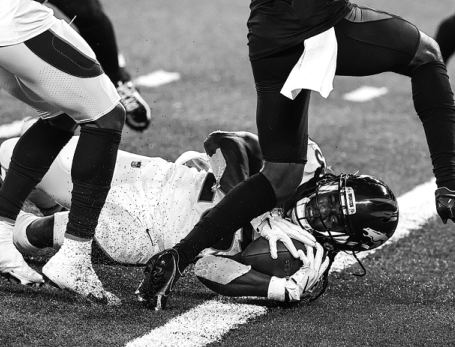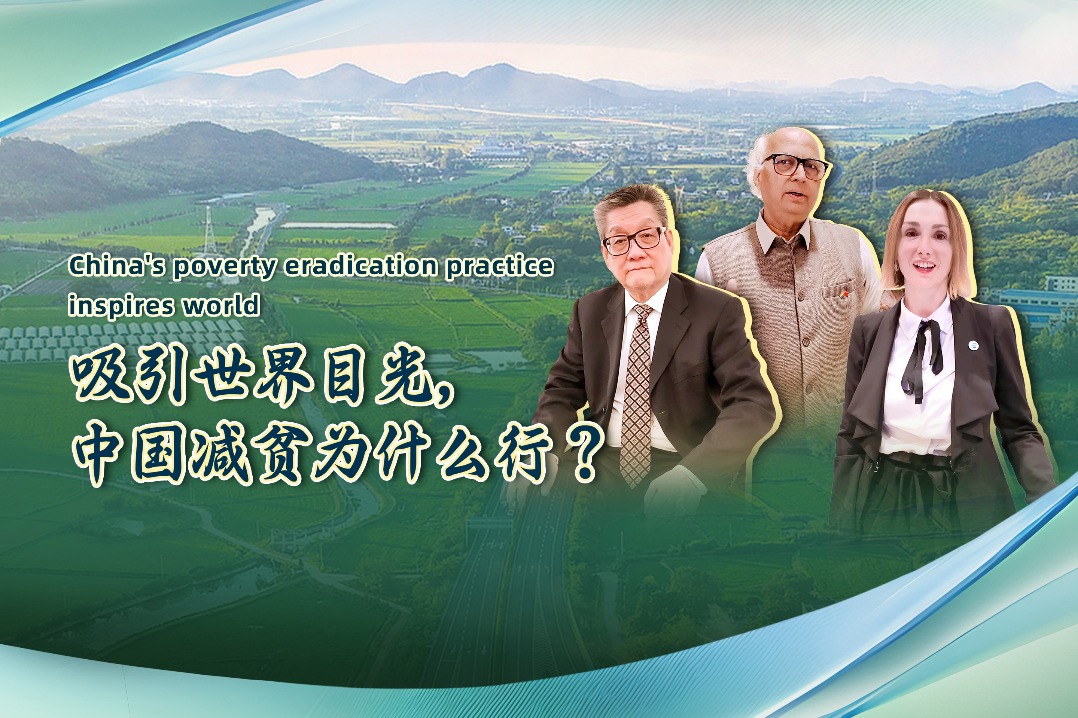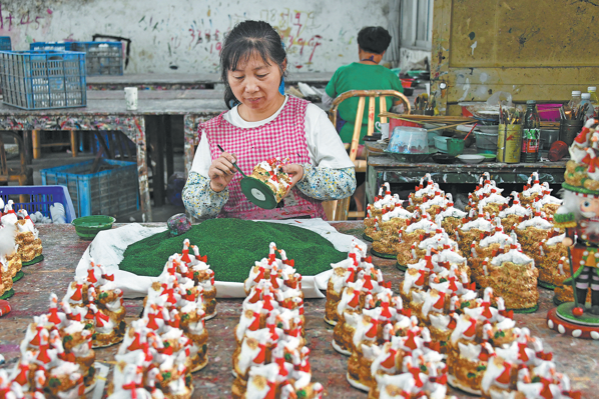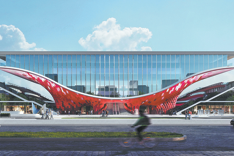Grass grows into fashion as players plant seeds of change

Fed up with the injury risks posed by practicing and playing on artificial turf, National Football League players want the game to return to its grass roots.
Thirteen stadiums, which are home to 15 teams, use an artificial turf field, and Cleveland Browns center JC Tretter, who is president of the players' association, wants to see that number reduced to zero.
"It's not good for players, it's not good for the GMs and the head coaches, it's not good for the owners and it's not good for the fans. Increased injuries are not good for anybody," Tretter told Associated Press recently, citing the league's official injury reports from 2012-18 to support the association's case that natural grass fields provide a much lower risk for injuries.
Artificial turf first gained attention in 1966, when it was installed in the year-old Astrodome in Houston, Texas. The specific product used was ChemGrass, which was subsequently rebranded as AstroTurf and has since become a generic name for all artificial playing surfaces.
The NFL studies referenced by Tretter show that players have a 28 percent overall higher rate of non-contact lower extremity injuries on artificial turf. Non-contact knee injuries are 32 percent higher, while foot or ankle injuries are 69 percent more likely to occur.
"The data stands out and the numbers are staggering in the difference in injury rate," Tretter said. "We all should be working toward the safest style of play, and we know the dangers of playing on turf. From here on out, I think we need to make it a priority."
In Week 2 of the current season, San Francisco 49ers teammates Rick Bosa and Solomon Thomas both sustained season-ending torn anterior cruciate ligaments (ACLs) in a road win over the New York Jets on the synthetic turf at MetLife Stadium in East Rutherford.
"Until we can find a way to get synthetic turf to respond and react like natural grass, it's too much of a danger to continue to play on and expect different results," Tretter said.
"It's possible to get grass in every location, and we're pushing for that. You add in the increase in injury rate, just based on how synthetic turf is built and grass' ability to tear away and release your ankles or your knees from compromised situations.
"When you put so much force and so much torque in the ground, eventually something has to give. When you're on turf, it's going to be your joint."
The players' association has recruited a committee of engineers to develop comprehensive methods of testing the relative hardness of synthetic surfaces and plans to use the data as leverage to convince the NFL to get rid of them.
Tretter said lobbying for grass fields will be a key talking point in forthcoming labor negotiations with the league.
"If we know grass is significantly more safe than synthetic turf, it's about continuing to push forward and making it a priority," the sevenyear veteran added.
"This is about continuing to push to provide us with the safest work environment possible. Player safety will always be a priority for us and for the union."

Today's Top News
- SOEs post stable revenue, profits in Jan-Nov
- First brew in Lhasa
- PLA fully capable of crushing secessionist attempts
- China holds central rural work conference
- President Xi to deliver New Year's message to ring in 2026
- Xi's diplomacy in 2025: Shedding light on a world at crossroads






























